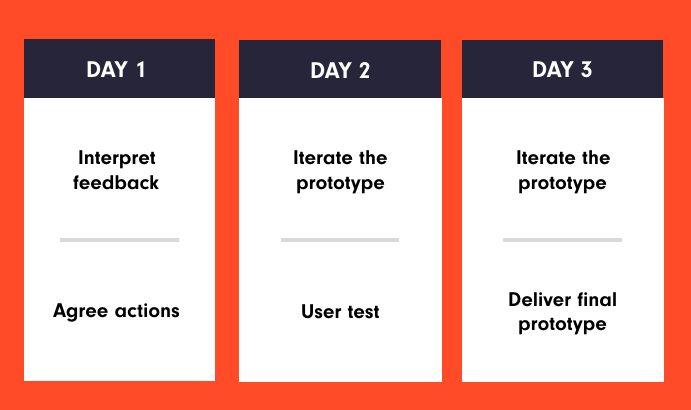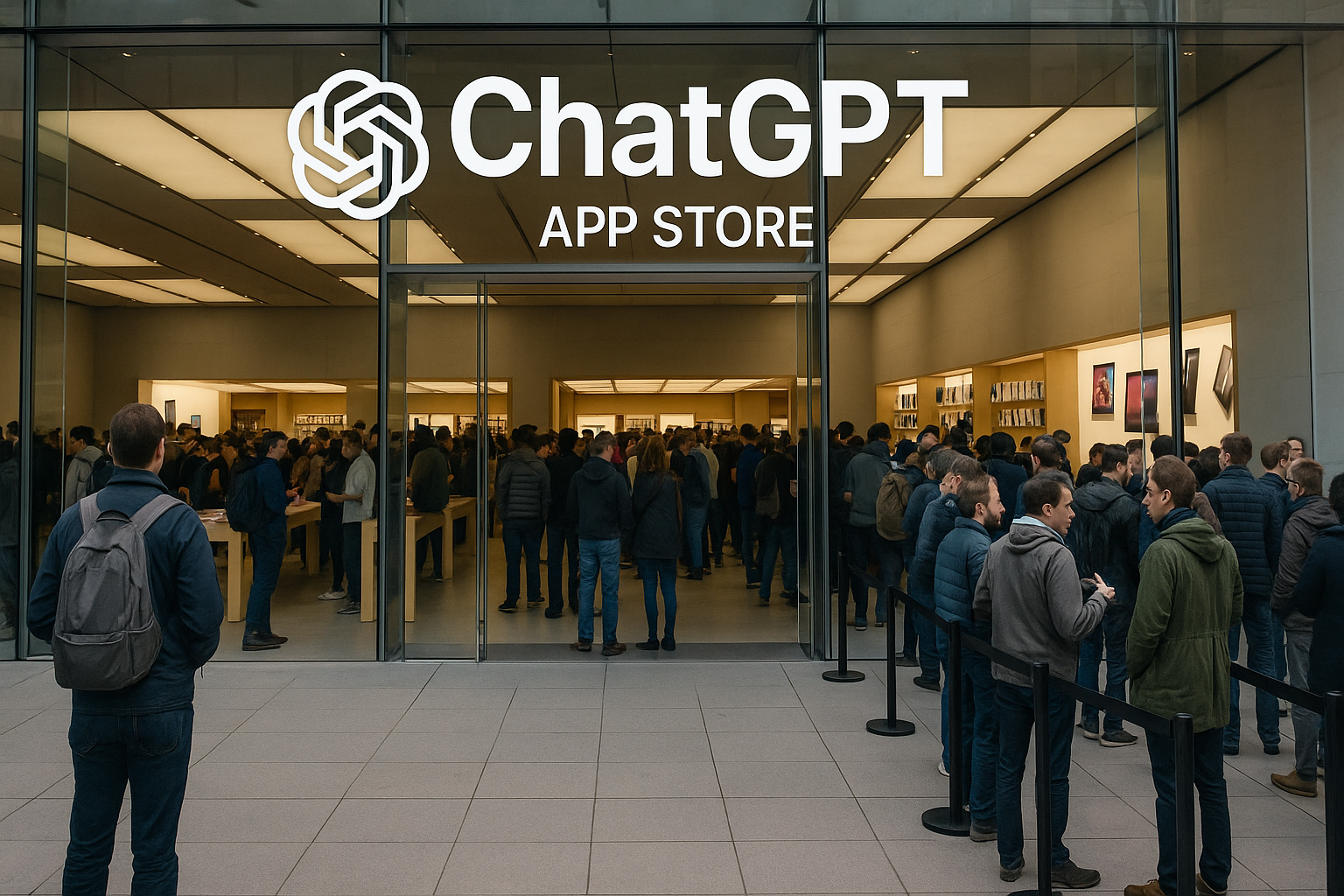Design Sprints: what comes next?
Elliott King
2 min read • 9 October 2018
Since the release of Jake Knapp’s Sprint in 2016, designers across the world have been adopting the design sprint process to answer critical business questions through design, rapid prototyping and ultimately, testing with real customers to validate your ideas.
Working collaboratively in a team, the sprint is a 5-day process that helps organisations cut through the noise, and condense months of decision-making time into a single week. It also circumvents the traditional process of launching an MVP before you can understand if you’ve got a great product; you get powerful data from a realistic prototype, tested by your primary audience.
At Dootrix, we regularly use design sprints with clients, combining the sprint process and the power of design thinking to enable our clients to look into the future: to see their product brought to life and tested with customers to receive their feedback before contributing significant investment into the idea.
The design sprint process:
Monday - you’ll define a challenge and pick an important place to focus
Tuesday - you’ll sketch competing solutions
Wednesday - you’ll make decisions to turn your ideas into a testable hypothesis
Thursday - you’ll build a high-fidelity prototype and
Friday - you’ll test it with real customers
Once you’ve completed your design sprint, you’ll know how far you have to go to to get to a beautifully designed final product. So what comes next?
The iteration sprint.
The purpose of this process is to improve the prototype based on the feedback received from customers during the initial sprint and get ready to hand over to production/development teams to start to create an MVP.
Our iteration sprint is a 3-day process:

Interpreting feedback & agreeing actions
After completing your design sprint, you will have validated your prototype with your primary audience. Interpreting their feedback correctly is vital to improving your prototype, analysing the detailed notes collected by your team and unlocking the insights within. We focus on the user experience, the interaction design, the interface design and information architecture to ensure we maximise the use of data from customers.
Once you’ve interpreted and categorised the feedback from the initial sprint, you need to come together to agree on actions. What improvements need to be made to your prototype? How can you optimise the user journey? How can you improve specific features?
Iterate the prototype & test again
You then begin to iterate, building on your first prototype, deepening the quality and functionality of your concept, strengthened by the perceptions of your customers. Then it’s time to test again. We’ve written about our philosophy of testing before, but bringing the customer into the heart of this process is what gives it it’s power. If you get this right, you will finish with a truly customer-centric product, that meets customer needs and expectations.
Iteration again & deliver the final prototype
Finally, you iterate again, building in improvements from your most recent user test. Once this is complete, you are ready to deliver your final prototype with a product backlog and handover to production/development teams to build your product!
The design sprint has been recognised as a transformative formula for rapidly testing ideas, moving from idea to prototype to decision, saving teams countless hours and a lot of investment. It is the ideal process for taking the first steps in your product journey and ensuring those steps are in the right direction.
It’s been said that the key to success is building the right habits; the design sprint and iteration sprint methodologies are powerful tools for effectively defining and solving your product design challenges - and finding those small correct habits that make all the right things fall into place.
Do you have a critical product problem you want to solve? Ask us how hello@dootrix.com.
Elliott King


.png)